Environmental laws at Azerbaijan
Azerbaijan has developed a framework of environmental laws and regulations to address the protection of its natural resources, pollution control, and sustainable development. These laws reflect the country’s commitment to environmental protection and its obligations under international agreements. Below are key elements of Azerbaijan’s environmental legal framework:
1. The Environmental Protection Law (1999)
The Law on Environmental Protection (adopted in 1999) is the cornerstone of Azerbaijan’s environmental legislation. It establishes the principles for environmental governance and sets the framework for sustainable management of the country's natural resources.
This law emphasizes the right of all citizens to live in a healthy environment, the duty of the government to protect the environment, and the responsibility of individuals and organizations to minimize their environmental impact.
It includes provisions related to the protection of air, water, soil, and biodiversity and outlines the role of the government, private sector, and civil society in environmental protection.
2. Environmental Impact Assessment (EIA)
Law on Environmental Impact Assessment (adopted in 1996) mandates that any major development project (especially those with potential environmental impacts) must undergo an Environmental Impact Assessment (EIA).
The law requires the assessment of the environmental, social, and economic impacts of proposed projects and the adoption of mitigation measures where necessary.
The EIA process is designed to involve public participation, ensuring that local communities are informed and consulted about potential environmental risks.
3. Law on Air Protection (1999)
The Law on Air Protection aims to reduce air pollution in Azerbaijan and improve air quality. It regulates emissions from industrial activities, transportation, and other sources.
The law sets standards for acceptable levels of air pollution and mandates the use of technologies and practices that reduce emissions.
It also requires the monitoring of air quality and the implementation of measures to prevent air pollution from affecting public health and the environment.
4. Water Resources and Protection Laws
The Water Code of Azerbaijan (1997) regulates the use and protection of the country’s water resources. The law emphasizes the sustainable management of water resources, including surface and groundwater.
It establishes rules for water use, protection, and management, focusing on maintaining water quality and preventing pollution.
The law also ensures that water resources are allocated fairly and efficiently, particularly for agriculture, industry, and domestic use.
Azerbaijan is also a signatory to several international agreements regarding transboundary water management, such as agreements with neighboring countries over the Caspian Sea and river basins.
5. Biodiversity Conservation and Protected Areas
The Law on Protection and Use of Flora and Fauna (1999) focuses on the conservation of biodiversity in Azerbaijan. The law outlines the protection of endangered species, ecosystems, and natural habitats.
It mandates the creation of protected areas, including national parks and nature reserves, to conserve the country’s biodiversity.
Azerbaijan has designated several national parks, such as Gobustan National Park and Guba-Khachmaz Nature Reserve, to protect its diverse ecosystems and wildlife.
In addition, Azerbaijan is a party to the Convention on Biological Diversity (CBD) and is committed to conserving its rich biodiversity.
6. Waste Management and Pollution Control
The Law on Waste (1998) governs the management and disposal of solid and hazardous waste in Azerbaijan. It establishes regulations for the handling, treatment, and recycling of waste materials to minimize environmental damage.
The law requires industries to manage waste in an environmentally safe manner and sets guidelines for waste reduction, recycling, and the disposal of hazardous waste.
In addition, Azerbaijan has introduced measures to control industrial and agricultural pollution, including setting limits on pollutants released into water and soil.
7. Forest Protection and Management
The Law on Forests (1997) regulates forest management and conservation in Azerbaijan. The law aims to protect forest ecosystems, prevent deforestation, and ensure sustainable use of forest resources.
It establishes principles for forest conservation, afforestation, and the regulation of logging activities, with an emphasis on environmental protection.
The law also provides for the creation of forest reserves and national parks to conserve forests and maintain their ecological functions.
8. Climate Change and Energy Policy
Azerbaijan has made commitments to reducing its greenhouse gas emissions and addressing climate change. The country is a signatory to the Paris Agreement and is working to align its policies with international climate goals.
Azerbaijan is also focusing on the development of renewable energy sources, such as solar and wind energy, to reduce dependence on fossil fuels and mitigate the effects of climate change.
The government has developed National Strategies for Climate Change to address climate-related challenges and enhance climate resilience.
9. Law on Environmental Expertise
The Law on Environmental Expertise (2008) regulates the process of assessing the environmental impact of development projects, particularly those with potentially significant environmental risks.
The law ensures that environmental considerations are incorporated into the planning and implementation of projects, particularly in sectors like energy, industry, and infrastructure.
10. International Environmental Commitments
Azerbaijan is a party to several international environmental treaties and conventions, including:
The United Nations Framework Convention on Climate Change (UNFCCC)
The Convention on Biological Diversity (CBD)
The Ramsar Convention on Wetlands
The Convention on Transboundary Watercourses and International Lakes
These commitments demonstrate Azerbaijan's dedication to contributing to global environmental protection efforts and fostering sustainable development.
11. Institutional Framework
The Ministry of Ecology and Natural Resources is the primary governmental body responsible for environmental management in Azerbaijan. It oversees the implementation of environmental laws, policies, and regulations and works to ensure environmental protection across various sectors.
Other institutions, such as the Azerbaijan National Academy of Sciences and Azerbaijan Environmental Protection Agency, play key roles in monitoring, research, and enforcement.
Challenges and Implementation
While Azerbaijan has a comprehensive set of environmental laws, challenges remain in ensuring effective implementation and enforcement. Issues such as air and water pollution, deforestation, and waste management require further attention.
Economic growth, industrialization, and urbanization have put pressure on the environment, and there is a need for better monitoring and regulatory enforcement in these areas.
Public awareness and participation in environmental protection remain crucial for ensuring the long-term success of environmental policies.
Conclusion
Azerbaijan has developed a robust legal framework for environmental protection, with laws addressing pollution control, water and air quality, biodiversity conservation, and waste management. The country is also committed to international environmental agreements, which strengthens its environmental governance. However, the effectiveness of these laws depends on enforcement, public awareness, and continued investment in sustainable development practices.










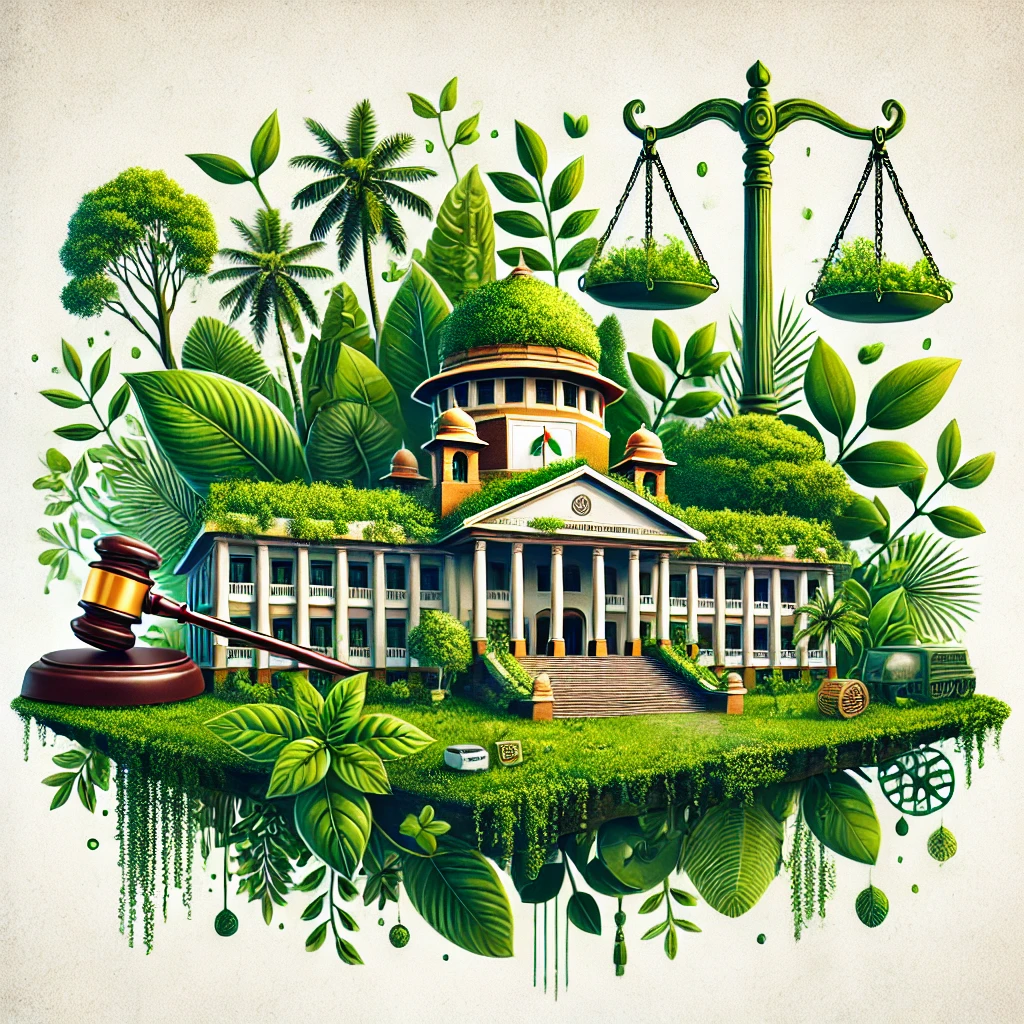


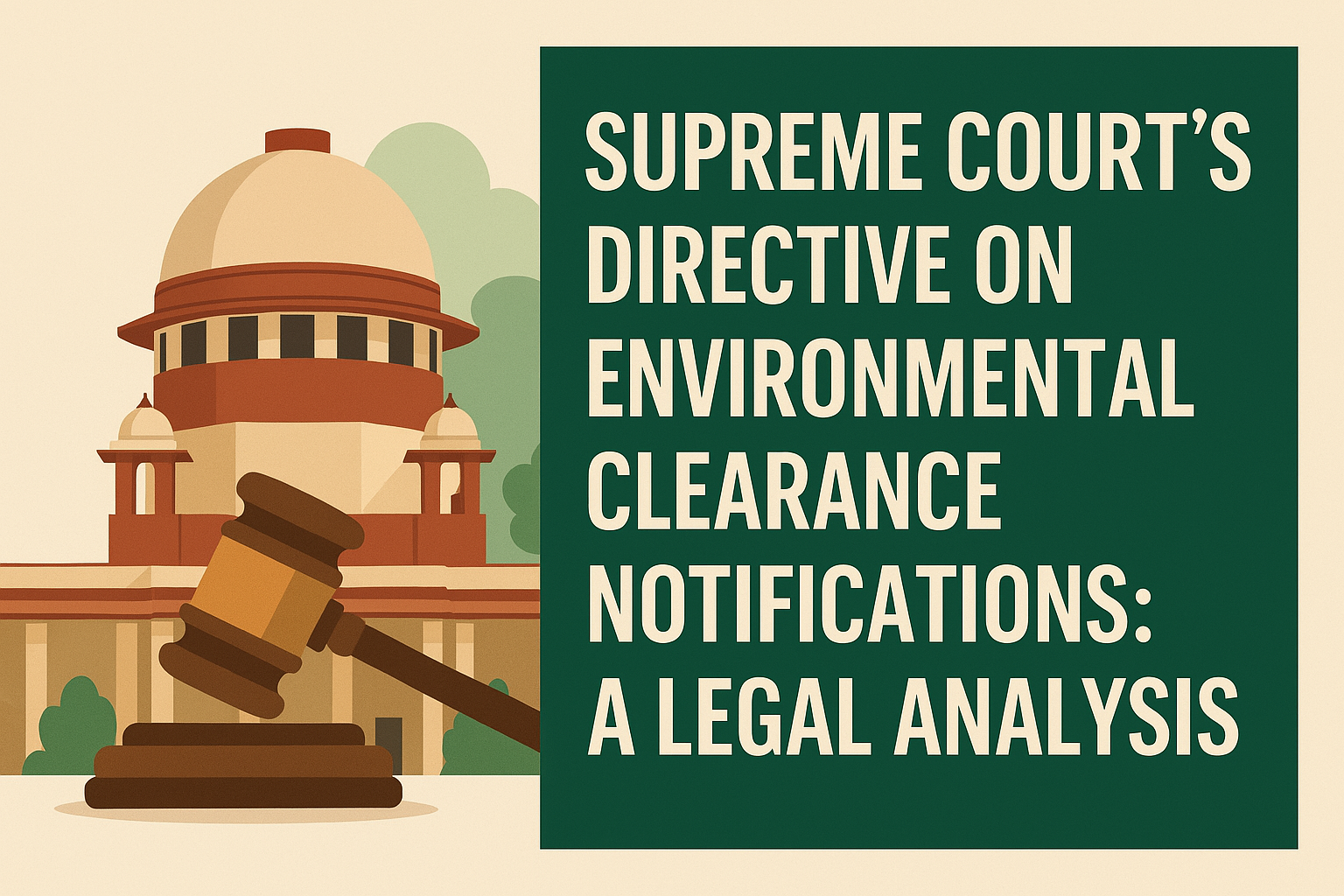
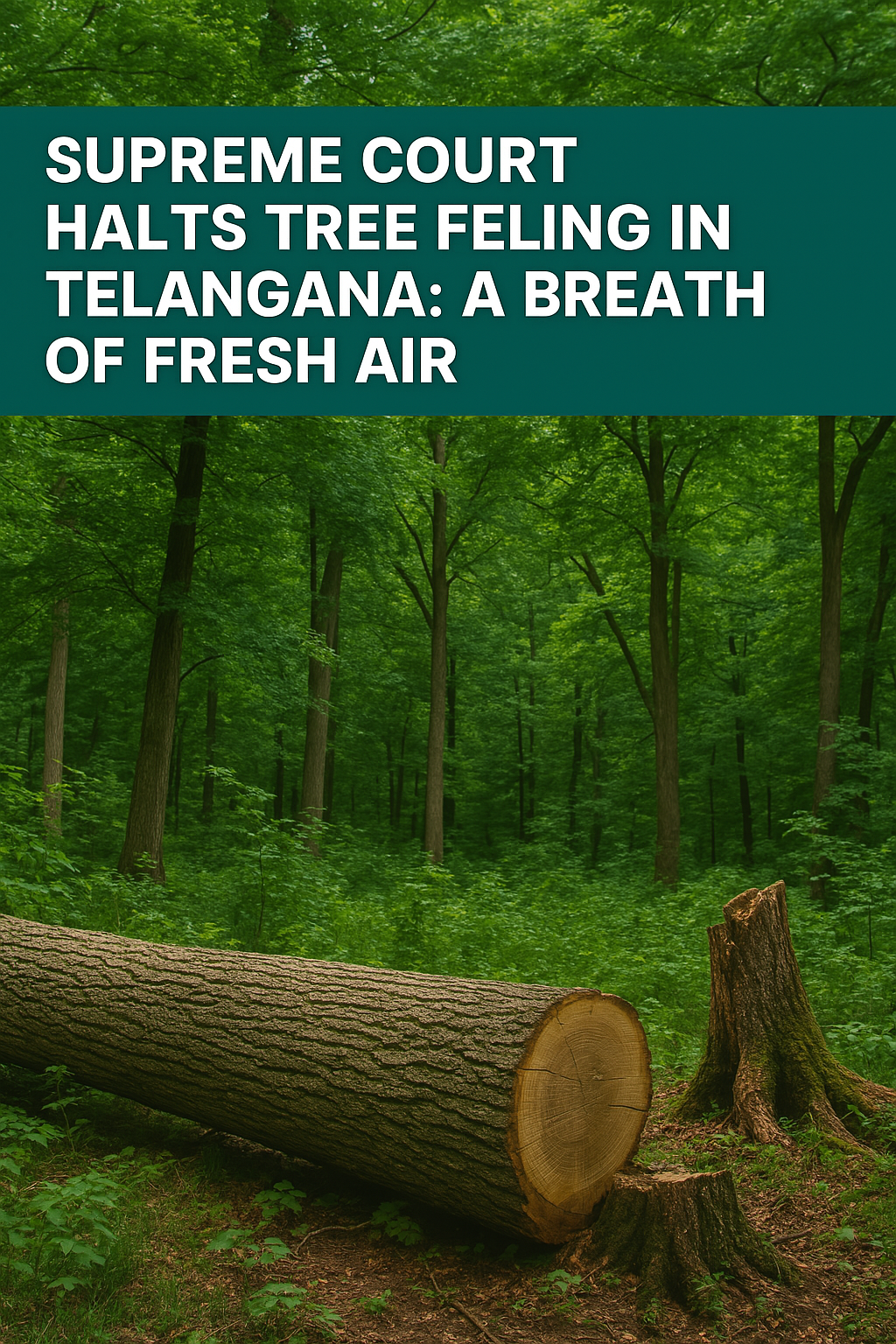

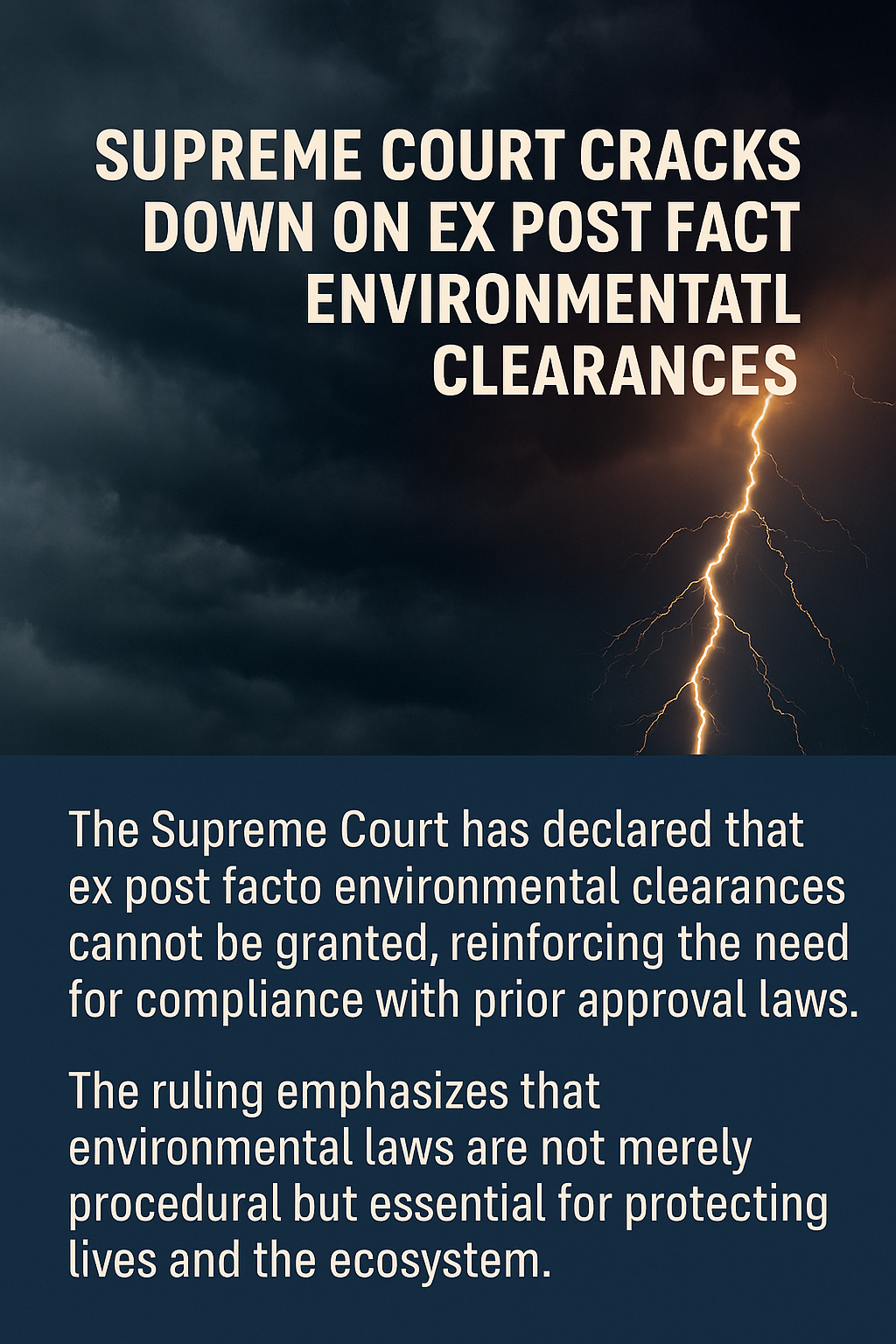
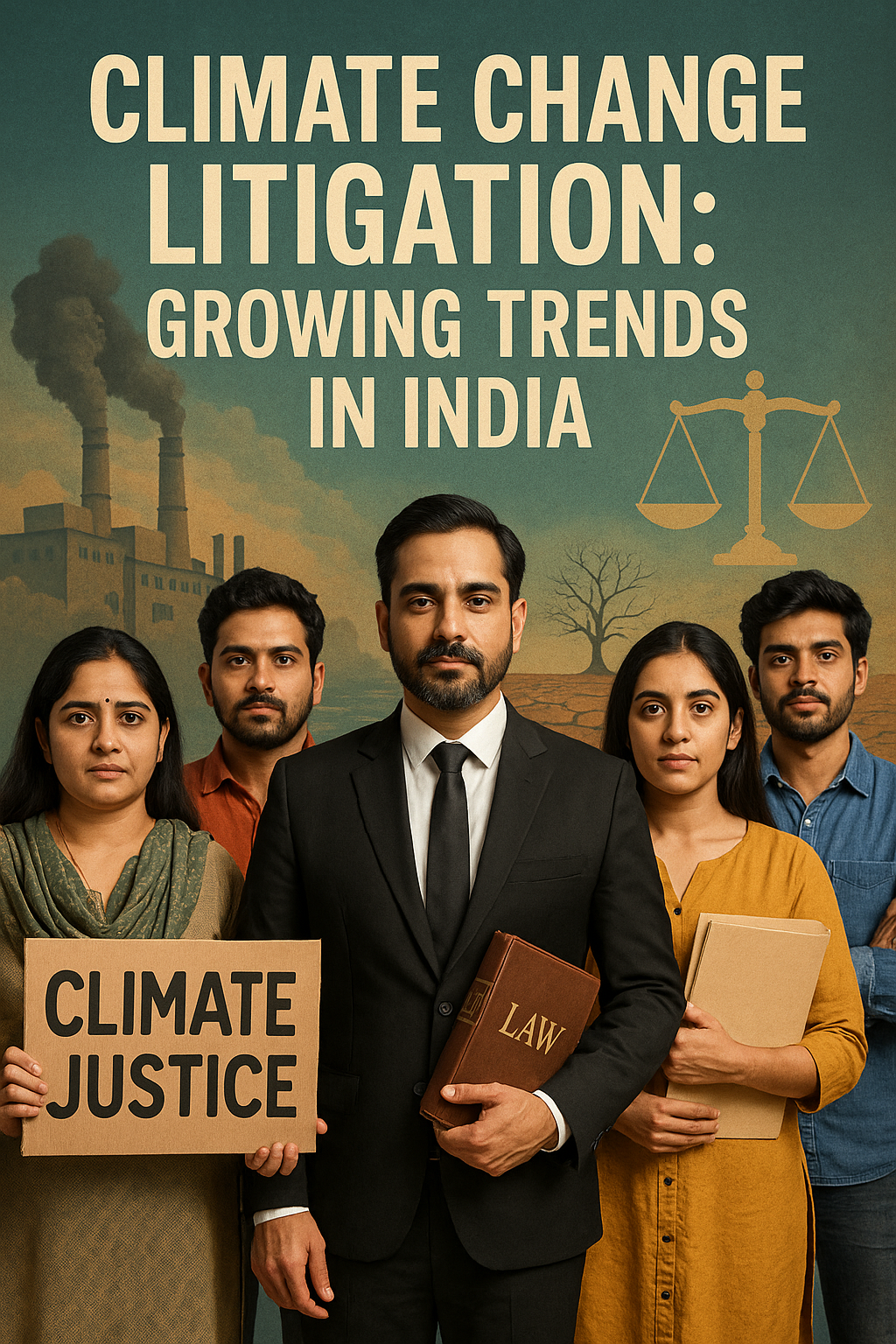
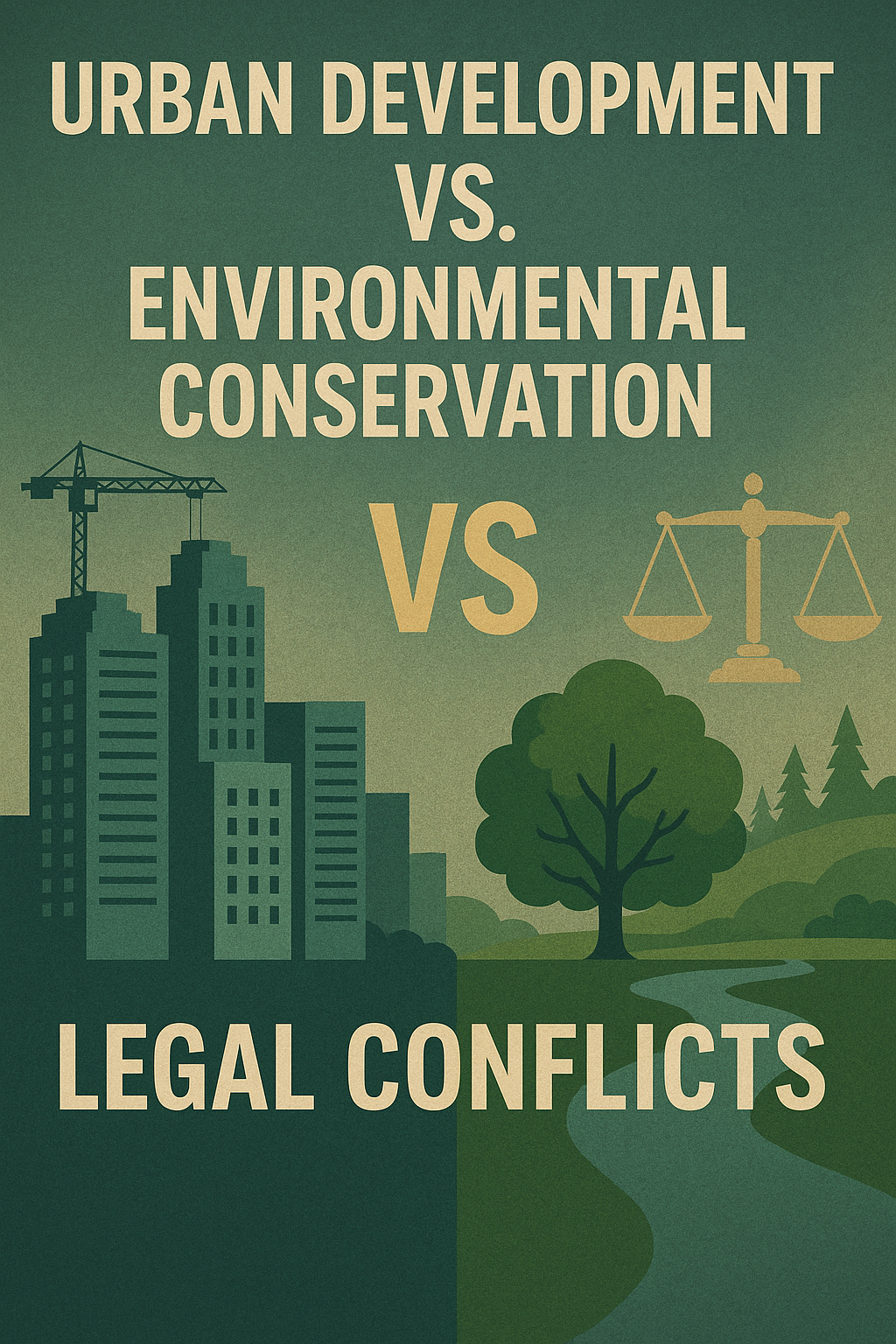

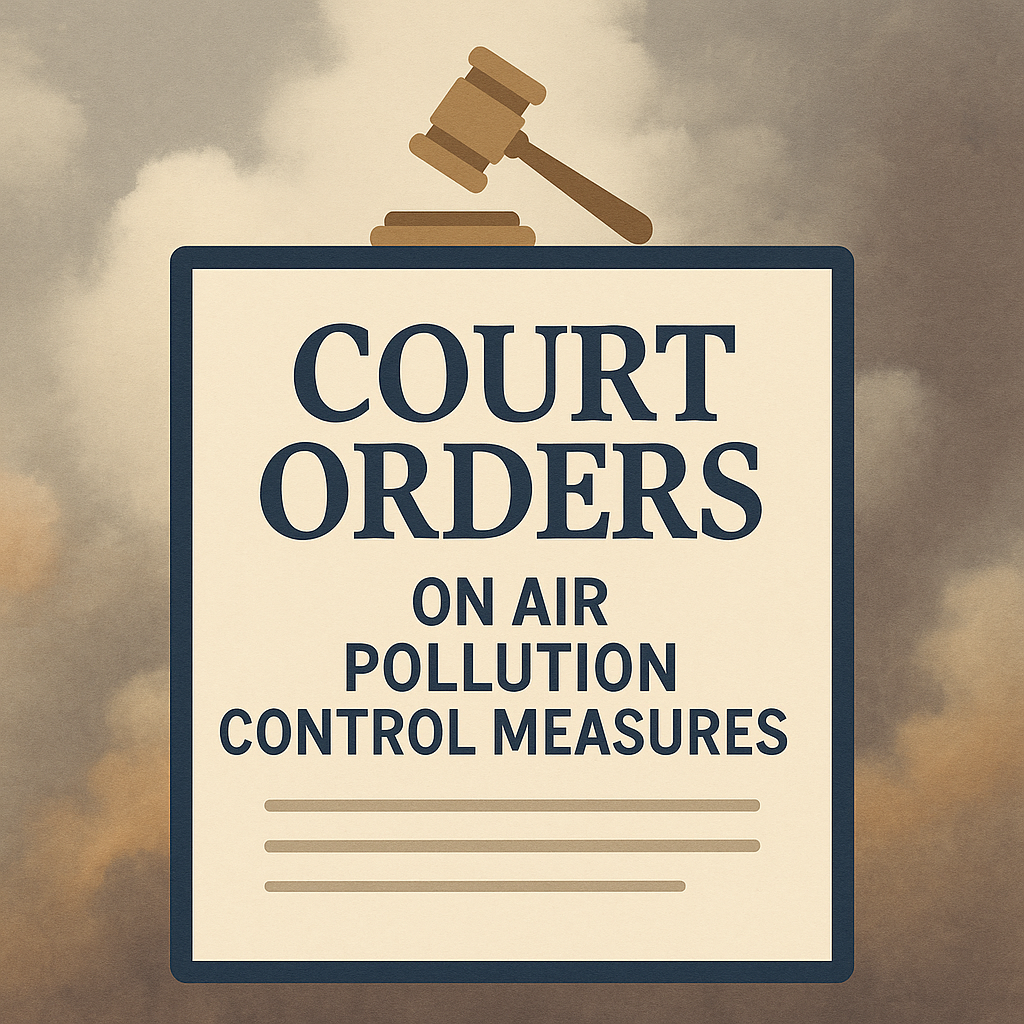






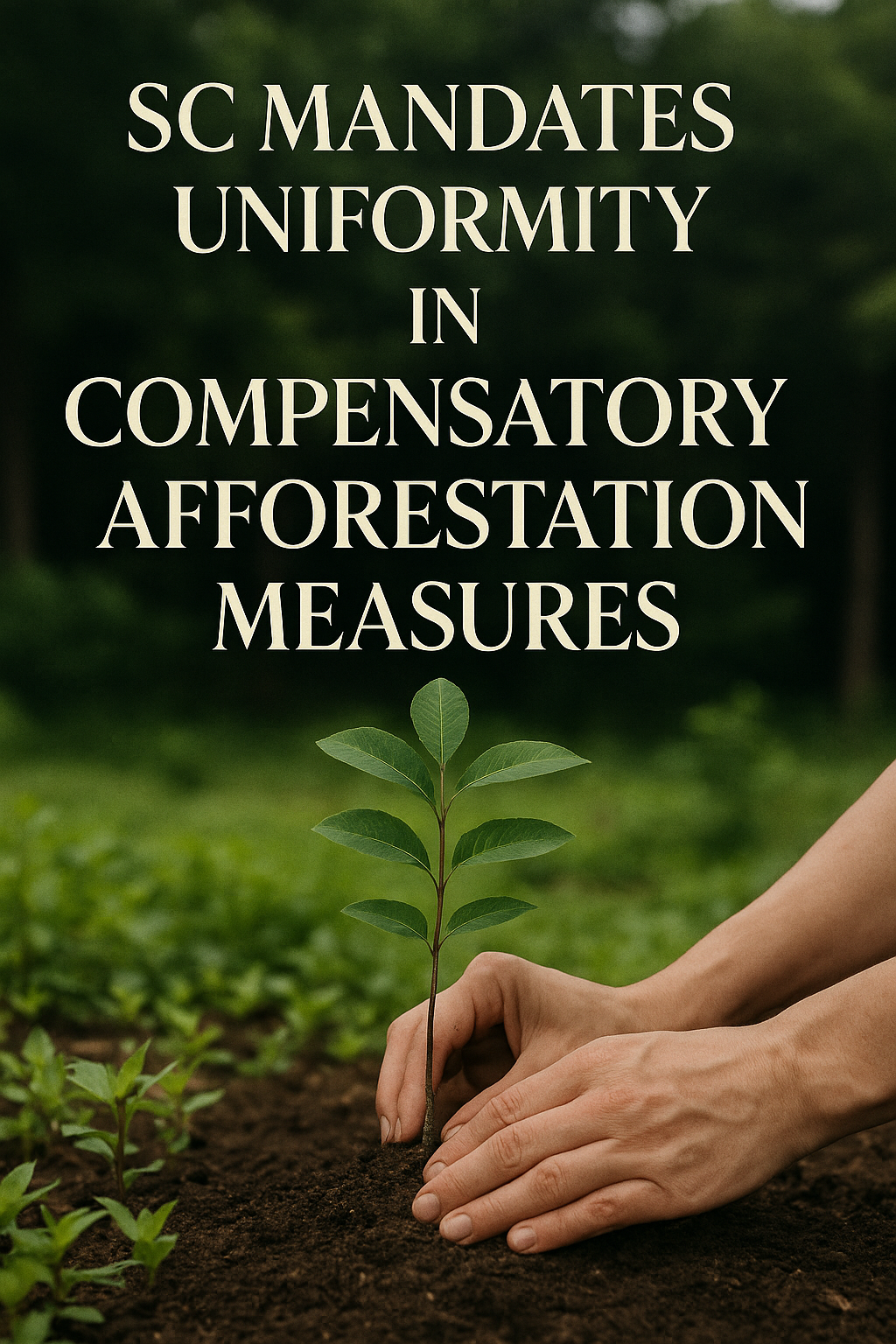
0 comments